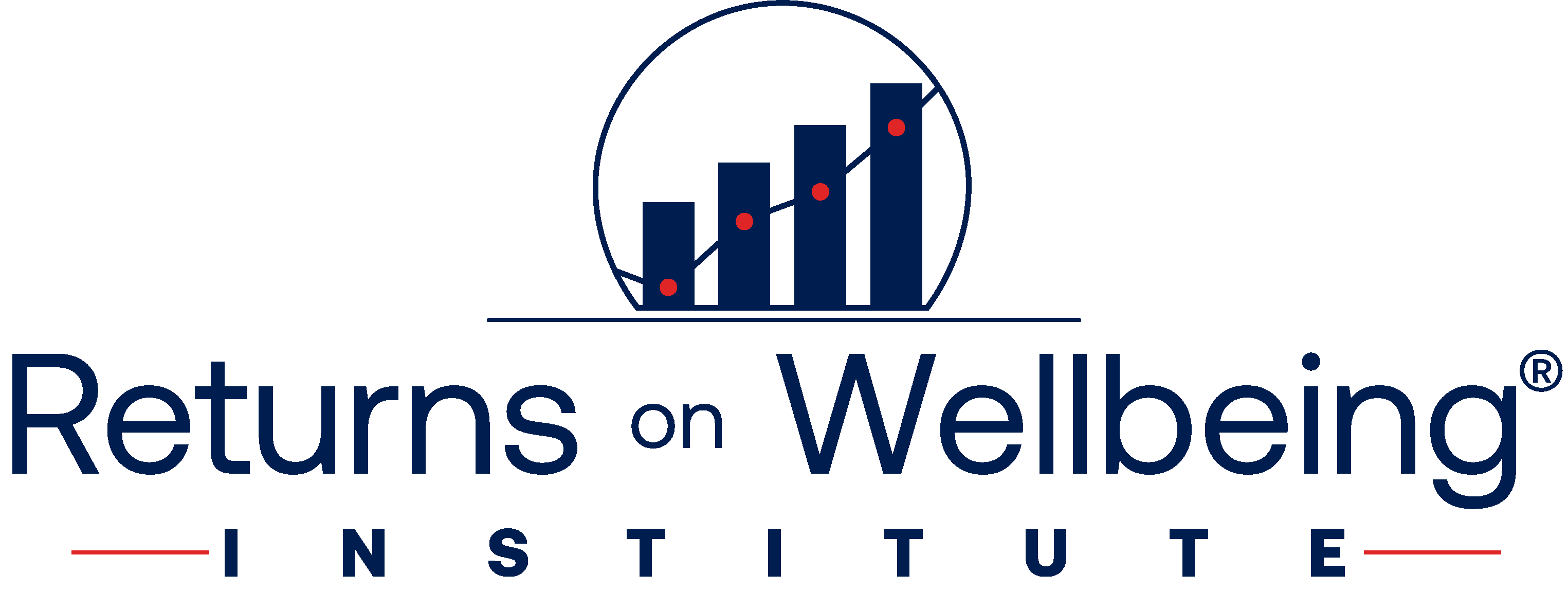Mark Bertolini, the CEO of Aetna, experienced a near-death skiing accident in 2004 which led to constant chronic pain. After he found yoga and mindfulness meditation to be very helpful in alleviating his own symptoms and dealing with life in general, he thought that what worked for him might work for his people at Aetna and began offering free yoga and mindfulness classes to all Aetna employees.
More than 13,000 Aetna employees took him up on that. Bertolini provided Aetna employees all-inclusive wellness centers which included doctors, exam rooms, lab work, prescriptions, and massage therapy. He also provided nutritious food cares and free fitness areas that could be used at any time during the workday.
Bertolini says that participants reported significant pain and stress reduction, and improved sleep quality. Employees became more effective on the job, which Aetna estimates were worth $3,000 per employee per year. While “estimates” are just that, it was clear that Aetna saw real operational value here.
Aetna is not alone here. Ford Motor Company and Google are also implementing mindfulness programs and other employee outreaches to improve their wellbeing and engagement. Gallup, Limeade, and Virgin Pulse report remarkable operational improvements resulting from improved wellbeing and engagement. Not exactly surprising, given the importance of employee performance in overall business results like customer service, product quality, and innovation.
While workplace wellbeing is not headline news, its essential role in achieving competitive and mission success is clear. The data definitively shows that organizations with high levels of wellbeing and engagement outperform other organizations by startling margins. And yet CEOs, Boards, and C Suites are not paying attention. This is astonishing given the importance of employee engagement and the proven results.
The challenges of employee healthcare coverage costs, lack of engagement and productivity, and turnover exceed any other challenge facing American employers today. All of this is directly and positively impacted by improved employee wellbeing, something that is not hideously expensive and, by the way, is the right thing to do by employees.
Think about what a 40% improvement in customer service might mean; or a 25% reduction in turnover; or a 30% improvement in product quality. In truth, they would dwarf a 10% reduction in healthcare coverage expenses, but any CEO would welcome that with open arms.
An example of a CEO who got it is Norman Brinker, who in 1983 purchased Child’s Grill and Bar, a small hamburger joint. Brinker had a vision of creating a true dining experience for customers and recognized how important the engagement, morale, and wellbeing of his employees would be in that regard.
Brinker leveraged Gallup’s Wellbeing book to achieve greater engagement by employees, who he calls “Team Members.” Chili’s created five essential elements of wellbeing: social; community; financial; physical; and career. Brinker passionately and actively led this and started with Chili’s leaders, offering yoga, hikes, budgeting classes, and community involvement.
Chili’s wellbeing efforts have grown exponentially, with 75% of employees participating, a huge percentage considering the low average age and incomes of Chili’s employees, many of whom rely on tips for income. Of course, Chili’s has grown into a nation-wide chain of restaurants which are recognized for exceptional service, and employees who are recognized for top-flight service, enthusiasm, and integrity.
What keeps CEOs, C Suites, and Boards from wrapping their heads around this issue and making it one of their top three strategic priorities? The answer is that they are wicked distracted by other, seemingly more urgent, matters. The headline of the day; the PR disaster; the new entrant into the market; revenue diversification; governmental regulation; and other more seemingly CEO and Board-worthy issues.
What might change this? A national movement that starts to get Boards’ and leaders’ attention. We’ve seen it with Diversity & Inclusion; we’ve seen it in the sexual harassment area, and in other areas. We must light an essential spark in business leadership to kindle the realization of just how important and achievable this is.

